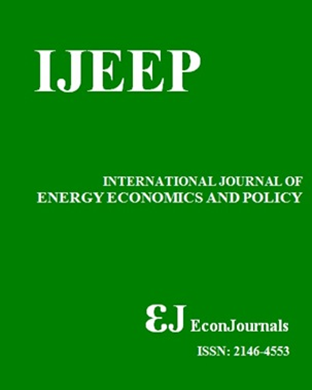The Impact of Political Stability on Environmental Situation: Comparative NARDL Analysis on Developed and Developing Countries
DOI:
https://doi.org/10.32479/ijeep.19663Keywords:
Political Stability, CO2 Emissions, Nonlinear Autoregressive Distributed Lag, Financial Development, EnvironmentAbstract
The influence of political stability on environmental conditions is a complicated and multifaceted problem that needs a thorough examination. The main objective of the study is to consider a comparative nonlinear autoregressive distributed lag (NARDL) analysis to evaluate the linkage amongst political stability and environmental conditions in both developed and developing nations. The analysis uses secondary dataset including the World Bank and the Environmental Performance Index (EPI), from 1996 to 2019. The study's sample size is 14 nations, comprising 7 developed and 7 developing countries. The findings show that increasing political stability in developing nations by one degree over time reduces CO2 emissions by 26.4 percent with a one-year time lag. Furthermore, rising GDP leads to higher CO2 emissions. Political stability has the same influence on developed nations as it does on poor ones, while GDP has a favorable impact on environmental problems.Downloads
Downloads
Published
2025-06-25
How to Cite
Sharkas, R., & Ismael, M. (2025). The Impact of Political Stability on Environmental Situation: Comparative NARDL Analysis on Developed and Developing Countries. International Journal of Energy Economics and Policy, 15(4), 673–682. https://doi.org/10.32479/ijeep.19663
Issue
Section
Articles




